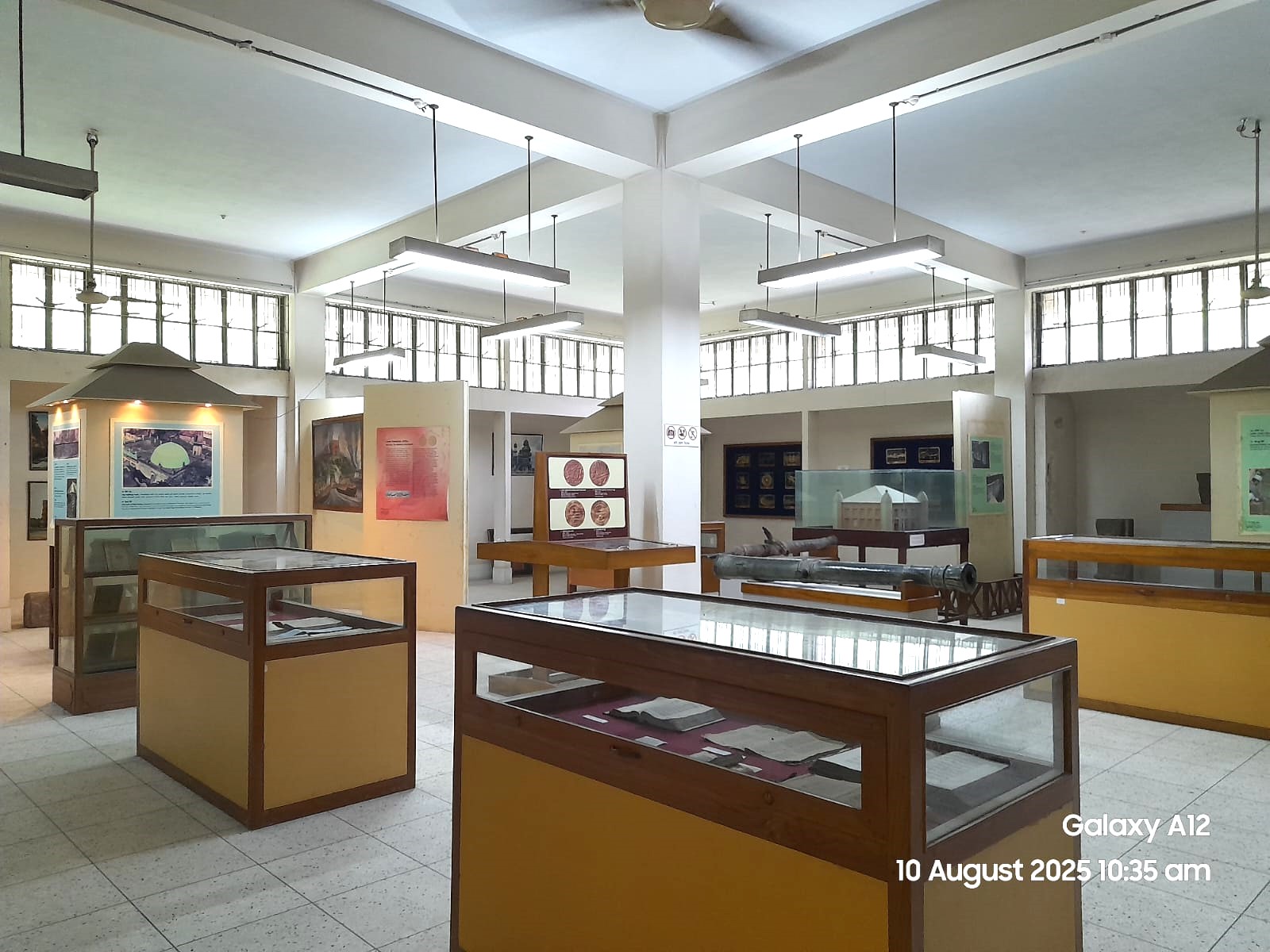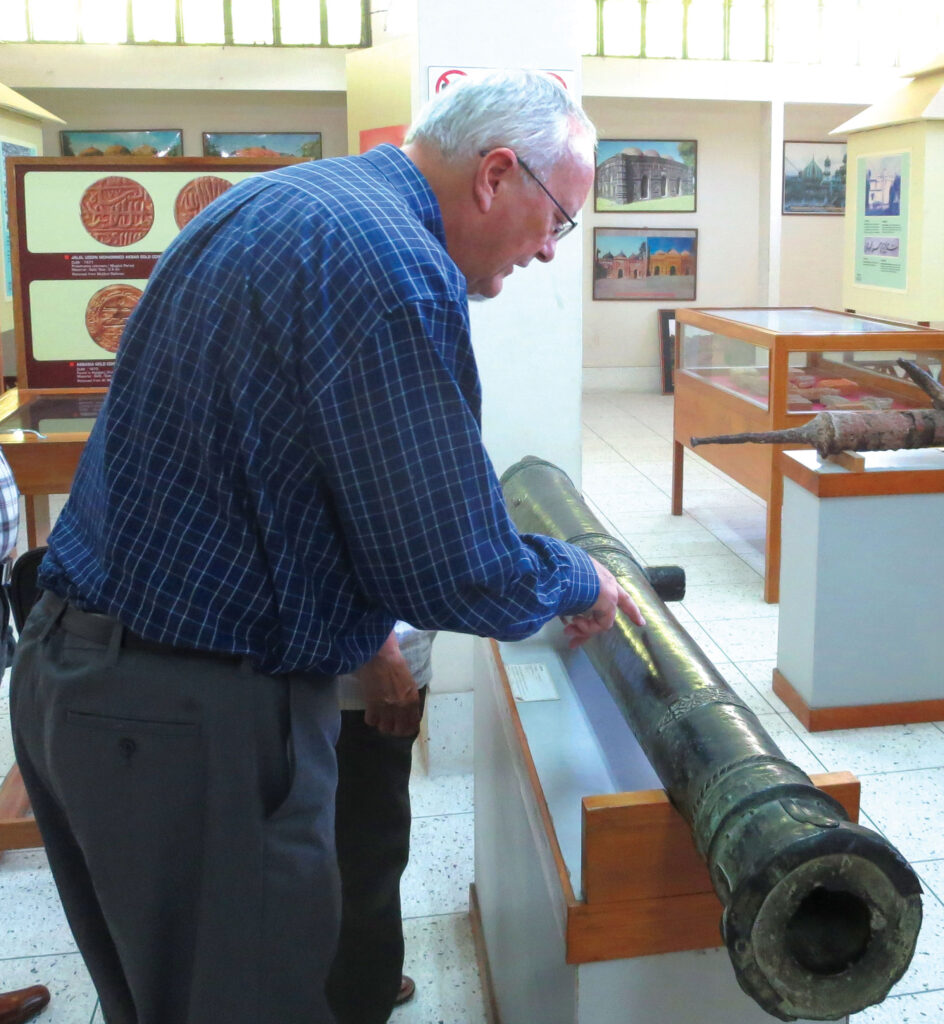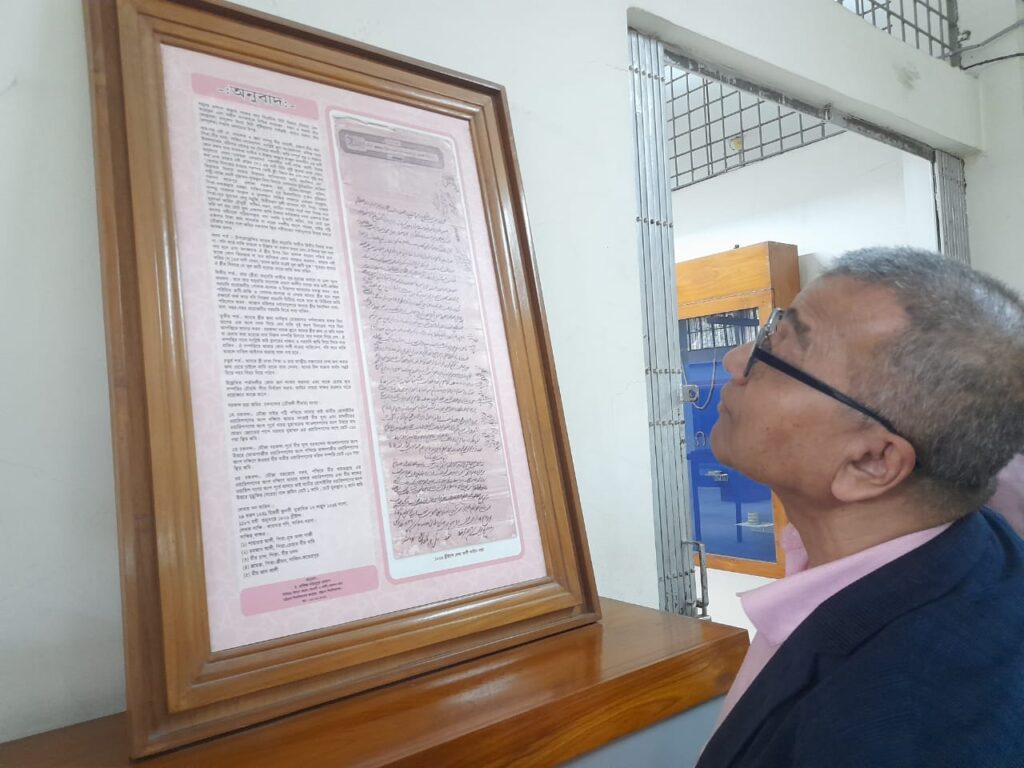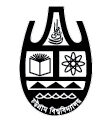
Collection of Islamic Art, Arms and Armaments
Islamic Art portrays the artistic creation of Islamic culture. Mosques and other monuments’ decoration with terracotta architectural ornaments had continued during the Muslim rule in Bengal. A collection of unearthed sand stone architectural members such as pier, base
stone, lintel, capital, turret, miharab, inscription and terracotta embellishments are mentionable. Five stone inscriptions constitute our
collection of epigraphs. These materials and inscriptions illustrate the architectural style of the Sultanate and the Mughal periods.
Coins constitute important source materials for reconstruction of the history, particularly in Bengal. The museum has procured a fairly good number of the ancient and medieval coins – about one thousand silver and copper coins, brass seals and medals. Furthermore, a little hoard of gold coin is consisted of three coins of Islamic Period, nine coins of Gupta period and one punch marked coin. One of the gold coins was issued in Hijri 77/AD 696 by Abdul Malik bin Marwan, an Umayyad Caliph, which was found in
Hajiganj of Chandpur.
The arms and armament collection in this museum are only 21 in number. Cannons played an important role in medieval warfare.
Chittagong University Museum own one precious inscribed brass/bronze cannon of Shah Jahan. A fortunate stroke of serendipity was favoured by getting it through Karimunnesa Begum of Chittagong, a wife of Mughal officer. Other inscribed Bengal cannon marked with two fish symbols; one iron naval cannon and
several medieval swords, and shields are also exclusive among the collections.
Various types of Arabic calligraphy, hand written copy of the Holy Quran, medieval literature (Puthi) and photographs of the country’s historical Mosques are also placed in the gallery.
We have published a separate catalogue of coins in our cabinet collected up to 1979 prepared by Prof Dr. Abdul Karim.


